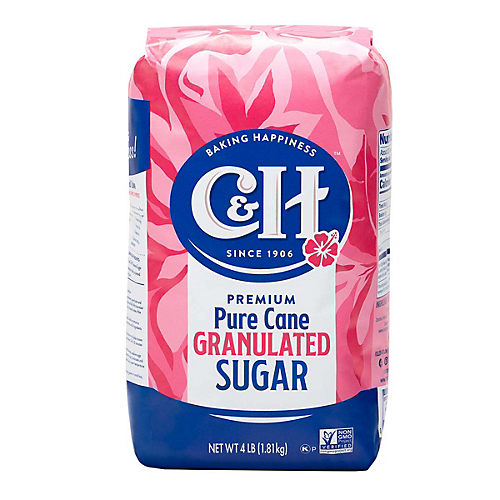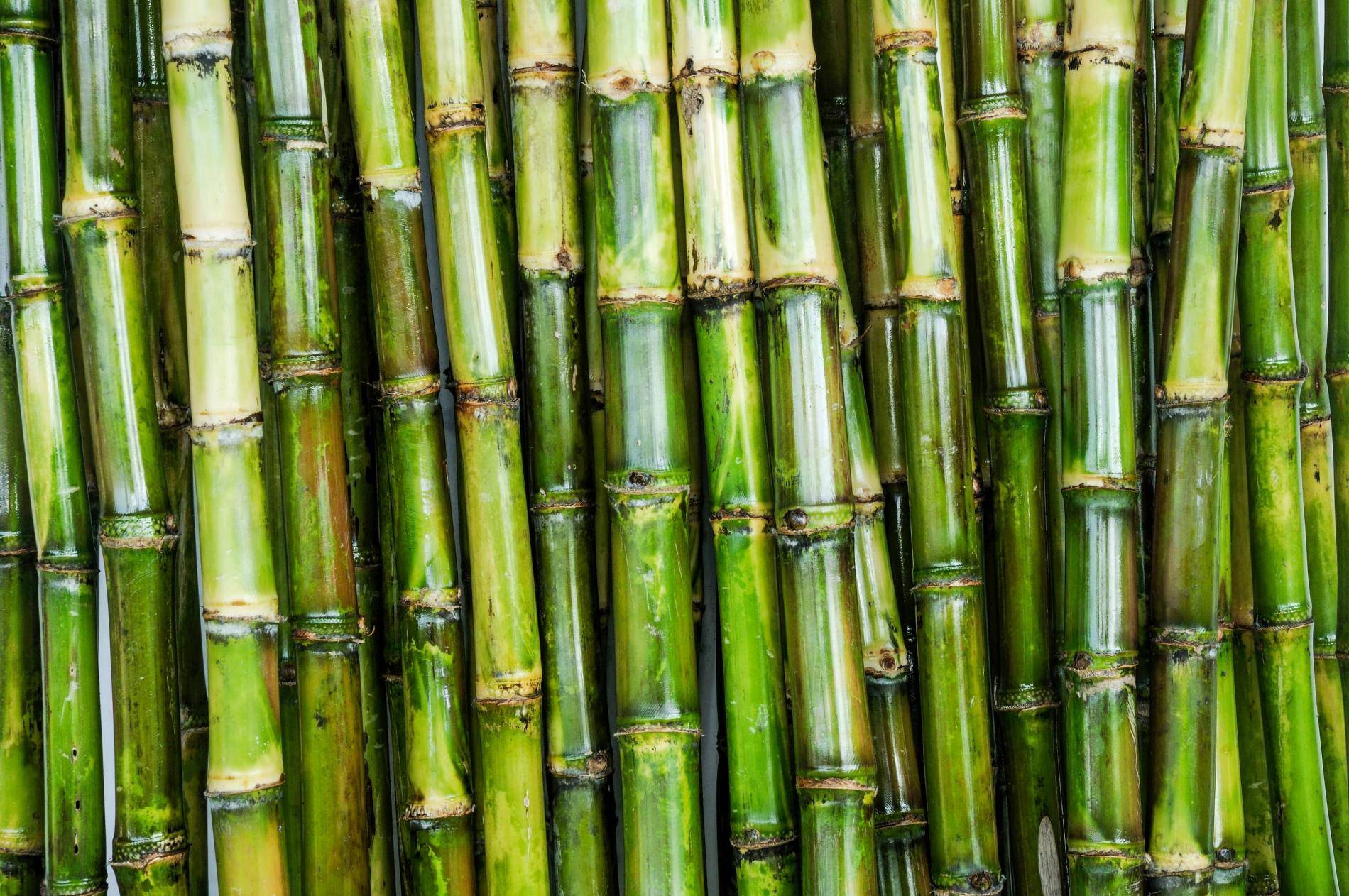Cane Sugar Processing: Typical Techniques and Modern Innovations
Cane Sugar Processing: Typical Techniques and Modern Innovations
Blog Article
Exploring the Comprehensive Steps Associated With Cane Sugar Processing From Collecting to Refinement
The procedure of cane sugar manufacturing encompasses a collection of intricate actions, starting with the mindful harvesting of sugarcane and culminating in the improvement phases that guarantee the final product meets industry standards. Each stage, from the removal of juice to the filtration and formation procedures, plays an essential function in figuring out the top quality and personality of the sugar. Recognizing these stages not only highlights the complexity of sugar manufacturing yet likewise increases essential concerns concerning performance, sustainability, and technology in the sector. What ramifications do these factors have for future techniques?
Harvesting Sugarcane
Gathering sugarcane is a crucial action in the walking cane sugar processing chain, as it directly influences the high quality and yield of the end product. Correct timing and techniques are essential during this phase to ensure optimum sugar web content and lessen losses. Normally, sugarcane is gathered when it gets to maturation, generally 12 to 18 months after growing, defined by a high sucrose focus.

Post-harvest, the sugarcane has to be refined quickly to stop sucrose deterioration. Ideally, gathered cane ought to be carried to refining facilities within 24 hours to preserve sugar high quality. Consequently, efficient logistical planning is important to maintain the integrity of the collected crop throughout the supply chain.
Removal Process

The smashed walking stick is subjected to a collection of pushing procedures to optimize juice recovery. Typically, hot water is splashed onto the crushed cane, producing a countercurrent circulation that helps liquify the sugar while additionally aiding in the extraction process. The juice gathered from this procedure contains not only sugar but additionally numerous natural substances and contaminations.

To boost removal effectiveness, some centers might utilize diffusion methods, where the sugarcane is taken in warm water, permitting the soluble sugars to diffuse right into the liquid. The resulting juice, rich in sucrose, is then directed to succeeding handling stages, laying the structure for purification and improvement. The removal procedure is thus critical in determining the high quality and return of the final sugar item.
Purification Strategies
The filtration strategies used in walking cane sugar processing are essential for changing the raw juice into a top quality sugar product. These methods largely aim to remove contaminations, such as dirt, plant products, and her response not natural compounds, which can adversely Related Site affect the end product's flavor and color.
One of the most typical filtration strategies is information. This procedure includes adding lime and warmth to the raw juice, which helps with the coagulation of contaminations. The resulting precipitate is then eliminated with sedimentation or filtration, producing a clearer juice. Furthermore, using phosphoric acid can improve the information procedure by additional binding pollutants.
Another significant method is carbonatation, where carbon dioxide is introduced to the cleared up juice. This reaction generates calcium carbonate, which records staying impurities and promotes their elimination.
Additionally, activated carbon treatment may be put on adsorb any kind of staying colorants and natural impurities, making certain a much more polished product. The mix of these techniques successfully prepares the sugar juice for succeeding action in the refining process, setting the phase for the manufacturing of top notch cane sugar.
Crystallization Methods
After the filtration phase, the following essential action in cane sugar processing involves condensation approaches, which play a pivotal role in changing the clarified juice into strong sugar. This process typically employs 2 key methods: spontaneous formation and regulated crystallization.
In spontaneous formation, supersaturated sugar services are enabled to cool normally, leading to the formation of sugar crystals over time. This technique allows for the consistent development of sugar crystals and greater pureness.
During crystallization, the made clear juice is concentrated through evaporation, increasing its sugar material up until it reaches supersaturation. As soon as this point is achieved, either method can facilitate the crystallization procedure. Cane Sugar Processing. The resultant sugar crystals are after that separated from the continuing to be syrup via centrifugation
Inevitably, the selection of crystallization method affects the high quality, dimension, and pureness of the final sugar product, making this step crucial in the overall cane sugar processing procedure.
Refinement and Packaging
How can the purity and quality of walking cane sugar be additionally boosted after condensation? The refinement process plays a crucial function in achieving high-grade walking cane sugar. Complying with crystallization, sugar undergoes a thorough washing to get rid of impurities and recurring molasses. This is usually completed making use of cozy water or vapor, which helps liquify and remove undesirable elements while preserving the sugar crystals.
Next, the sugar goes through a procedure called centrifugation, see here where it is rotated at high speeds to divide the purified sugar crystals from the staying fluid. After centrifugation, the sugar is commonly further refined via an approach called carbonization or phosphatation, which utilizes turned on carbon or phosphoric acid to remove shade and off-flavors.
Once refined, the sugar is dried out to attain the wanted moisture material, guaranteeing that it remains steady throughout storage and transportation. The final step entails product packaging the refined sugar in moisture-proof and impermeable containers to preserve its high quality and protect against contamination. Cane Sugar Processing. Correct packaging not just extends service life but also assists in very easy handling and circulation, making sure that customers obtain sugar that satisfies the greatest requirements of pureness and quality
Conclusion
The detailed steps associated with cane sugar processing, from the precise harvesting of sugarcane to the intricate refinement and product packaging phases, emphasize the relevance of each stage in ensuring premium sugar manufacturing. Optimum harvesting strategies, effective removal approaches, and strenuous filtration procedures collectively contribute to the last product's purity and stability. The crystallization and succeeding packaging methods additionally boost the stability and service life of the sugar, highlighting the complexity and accuracy integral in this essential farming industry.
The procedure of walking cane sugar production incorporates a collection of detailed actions, beginning with the mindful harvesting of sugarcane and finishing in the refinement stages that ensure the last item satisfies sector requirements. Ideally, collected walking stick must be transported to processing centers within 24 hours to preserve sugar quality.In spontaneous crystallization, supersaturated sugar services are permitted to cool normally, leading to the formation of sugar crystals over time - Cane Sugar Processing. The refinement process plays a vital function in achieving top quality walking cane sugar.The extensive actions entailed in walking cane sugar processing, from the thorough harvesting of sugarcane to the complex improvement and product packaging phases, highlight the importance of each stage in guaranteeing high-quality sugar production
Report this page